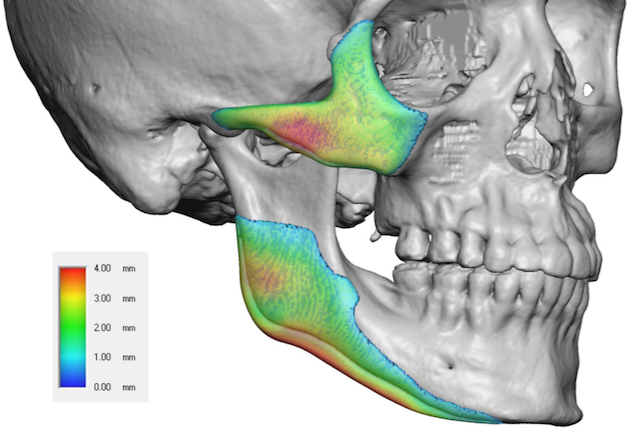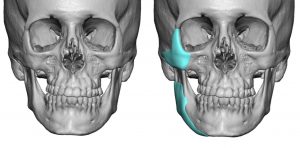Background: Facial asymmetry is common and most of us have it to some mild degree. Some would say that a certain amount of asymmetry makes the face uniquely different and provides character to it. But only each individual can say whether they consider their degree of facial asymmetry, if present, of aesthetic benefit or not.
But when the degree of facial asymmetry is more significant or is disturbing to the person regardless of its magnitude, the facial asymmetry needs to be fully evaluated. Most facial asymmetries often encompass the entire side of the face if one looks closely enough. There may only be several asymmetric features that stand out. But it is more often than not that the whole side of the face is involved to varying degrees. In addition most facial asymmetries are caused by underdevelopment (hypoplasia) of the involved side. It is much more rare that overdevelopment (hyperplasia) accounts for the cause of the facial asymmetry.
In assessing facial asymmetry of any significance, a 3D CT scam of the face is needed. This will identify any bony asymmetries and correlate that to what is seen on the outside. From there a treatment plan can be devised which may include custom facial implants if so indicated as a foundational component.
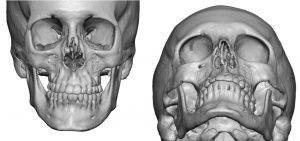

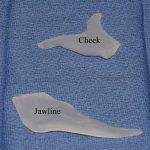
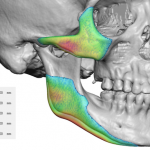
It is important to point out that no one procedure, even custom facial implants, provide the complete correction of any facial asymmetry. Other overlying soft tissue procedures may be needed as well. But without creating a more symmetric bony foundation, any overlying soft tissue work would be less effective than it otherwise would be.
Case Highlights:
1) Many hypoplastic facial asymmetries have a significant skeletal basis to them which serves as the foundation for improved facial symmetry.
2) The best diagnostic assessment of facial asymmetries is a 3D CT scan which allows for proper treatment planning.
3) For hypoplastic facial skeletal asymmetries, custom implants can be designed which often covers large surfaces areas but are often quite thin as well.
Dr. Barry Eppley
Indianapolis, Indiana

